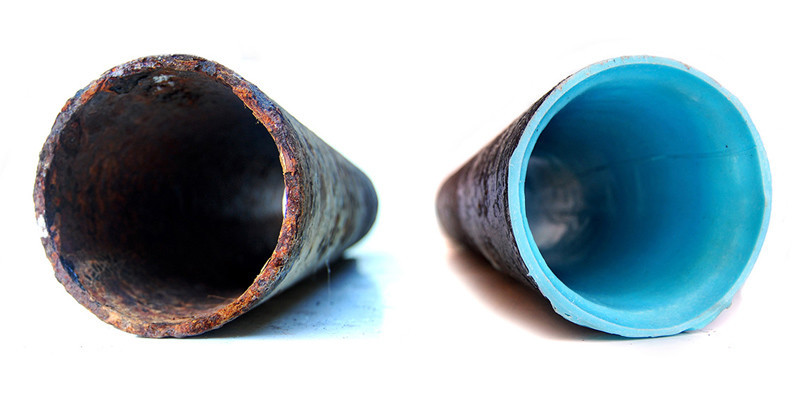In the realm of sustainable living, every aspect of our daily routines comes under scrutiny for its environmental impact. While many of us may focus on reducing plastic usage or conserving energy, one area often overlooked is plumbing. Yet, the plumbing industry plays a significant role in environmental preservation, and innovations like relined pipe are making strides in reducing the ecological footprint of our plumbing systems.
Traditional plumbing practices often involve invasive techniques like pipe excavation and replacement. Not only are these methods costly and time-consuming, but they also contribute to environmental degradation. The excavation process disrupts soil and habitats, leading to soil erosion and habitat loss. Additionally, the disposal of old pipes adds to landfill waste, exacerbating pollution and resource depletion.
Enter pipe relining—a sustainable alternative to traditional pipe replacement. Pipe relining involves the insertion of a resin-coated liner into the existing pipe, which is then inflated and cured in place, creating a durable, seamless lining within the original pipe. This innovative technique offers numerous environmental benefits that contribute to a greener, more sustainable future.
- Preservation of Natural Resources: Pipe relining preserves existing infrastructure by repairing damaged pipes without the need for excavation or replacement. By extending the lifespan of underground pipes, valuable natural resources such as metals and raw materials are conserved, reducing the need for new pipe production and mining activities.
- Minimization of Environmental Disruption: Unlike traditional pipe replacement methods that require extensive excavation, pipe relining minimizes disruption to the surrounding environment. By avoiding large-scale digging, soil erosion, habitat destruction, and disturbance to ecosystems are significantly reduced, preserving biodiversity and ecological balance.
- Reduction of Carbon Emissions: The excavation and transportation of materials involved in traditional pipe replacement generate considerable carbon emissions. Pipe relining, on the other hand, requires fewer resources and transportation, resulting in lower carbon emissions throughout the process. By choosing eco-friendly plumbing solutions like pipe relining, individuals and businesses can contribute to mitigating climate change.
- Prevention of Water Contamination: Damaged or deteriorating pipes pose a risk of water contamination, potentially compromising the quality of drinking water and harming aquatic ecosystems. Pipe relining effectively seals cracks, leaks, and corrosion within pipes, preventing the seepage of pollutants into the soil and waterways. By maintaining clean water sources, pipe relining promotes environmental health and biodiversity conservation.
- Long-Term Sustainability: One of the most significant advantages of pipe relining is its long-term sustainability. The durable lining created within the existing pipe can last for decades, providing reliable performance and reducing the frequency of repairs or replacements. This longevity translates to fewer resources consumed over time, making pipe relining a cost-effective and environmentally friendly plumbing solution.
In conclusion, eco-friendly plumbing practices such as pipe relining offer a sustainable approach to maintaining and repairing underground infrastructure while minimizing environmental impact. By embracing innovations that prioritize conservation and efficiency, we can contribute to building a healthier planet for current and future generations.
